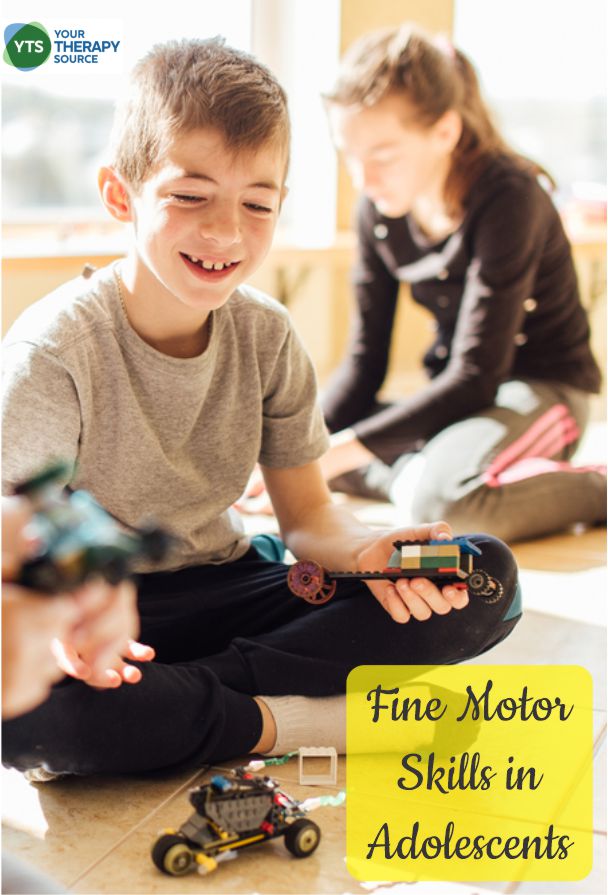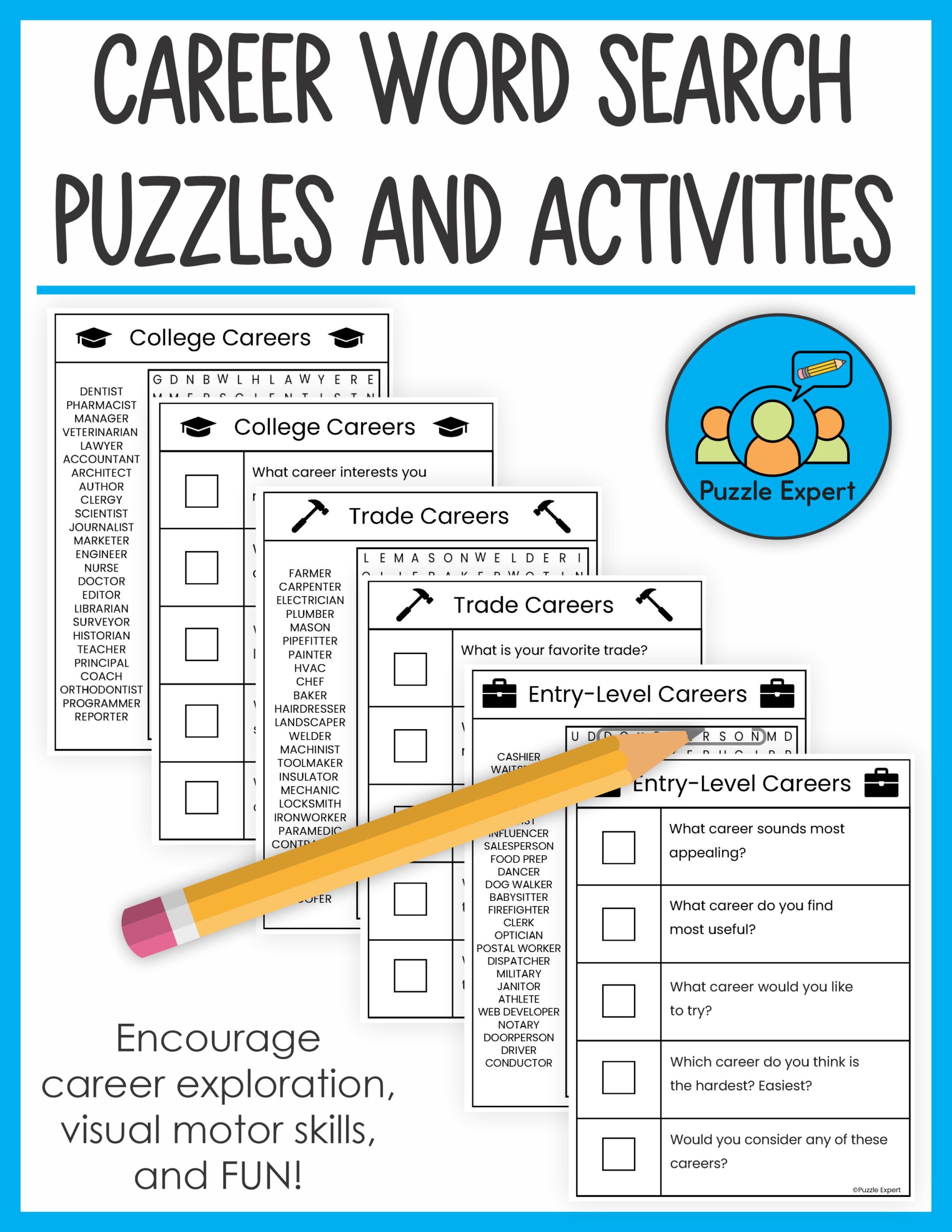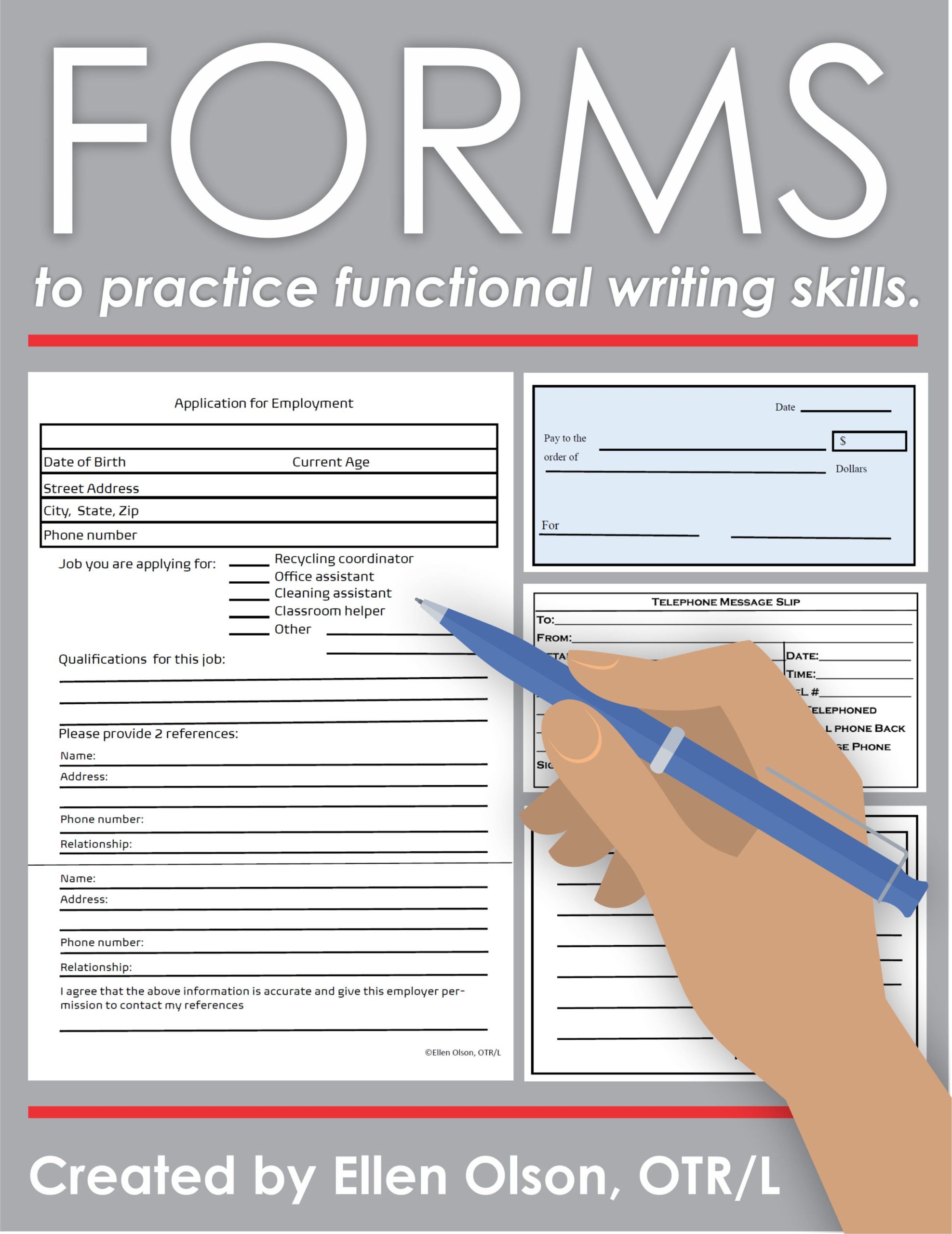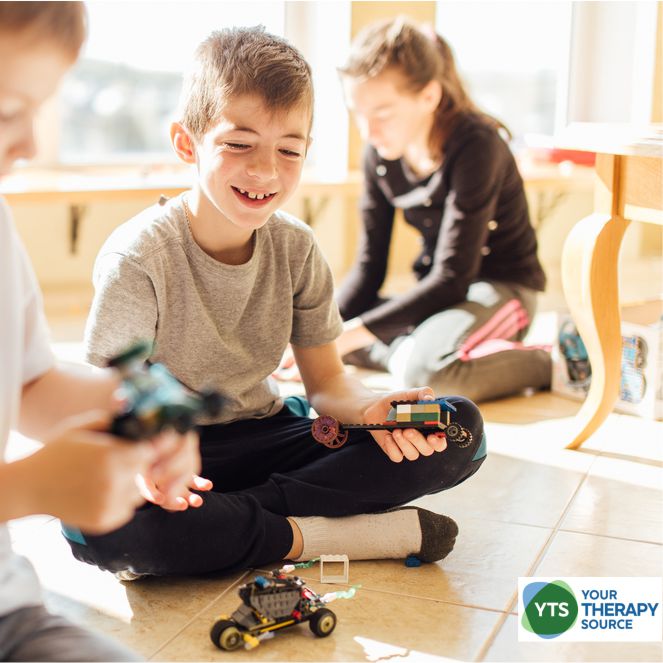Fine Motor Skills in Adolescents

Adolescence is a time for a change in maturation, physical growth, and physical development. Having two teenagers myself, I am very familiar with a day in the life of a teenager. The busy day usually includes activities such as attending school, participating in sports and clubs, eating meals, using technology, socializing, and sleeping. Five out of six of these activities require good fine motor skills in adolescents.

Career Word Search and Activities Packet
FINE MOTOR SKILLS IN 12-16 YEARS OLDS
Tweens and teens should have strong fine motor skills by this age. Yet in this digital society, we are starting to see a decrease in fine motor skills among our adolescents. The constant use of computers, tablets, and cell phones limits the ability to build strength in the small muscles of the hands.
Building strength in the small muscles of the hand is necessary for everyday activities. Adolescents need hand-eye coordination (performing activities with the hands with help from the eyes) to write longer paragraphs or essays with a pencil, eat meals with a fork or spoon and participate in most sports. They also need bilateral coordination (using both hands together or having one hand work while the other hand stabilizes) to independently dress, manipulate small objects, and cut food with a knife.
FINE MOTOR SKILLS EXAMPLES FOR ADOLESCENTS
Independence is an important stepping stone toward adulthood and adolescents need strong fine motor skills to complete tasks. Good fine motor skills allow full engagement in activities with peers and increase confidence and self-esteem along the way. It takes a lot of different parts of the fingers and hands to accomplish a task.
PINCER GRASP FINE MOTOR SKILLS
The pincer grasp involves the use of the thumb and the index finger together to pinch an object. Teens use this grasp to turn pages of a book in class. This fine motor skill allows the manipulation of small objects such as fastening paper clips to a stack of papers.
FINGER/GRIP STRENGTH
Finger and grip strength involves placing all of the fingers around an object and applying force. Stronger fingers and hands allow teens to fasten a seatbelt and turn doorknobs. In addition, good finger and grip strength can fasten buttons and zippers on clothing when getting dressed for high school.
IN-HAND MANIPULATION
In-hand manipulation involves moving a small object around in the hand. Adolescents use this fine motor skill to flip a pencil around to use the eraser attached to the pencil. When keeping several coins in the palm, it is also necessary to place them in a vending machine or to pay a cashier.
FINGER/THUMB ISOLATION
Isolation of the finger and thumb is important in fine motor skill development. Teens need each of the fingers to work separately to swipe their tablet or text a message on their phone. Finger and thumb isolation allows success when typing on a keyboard during class or playing a musical instrument.
THUMB WEB SPACE
The area between the thumb and the index finger is the thumb web space. The tip of the thumb touches the tip of the index finger to tie shoe laces successfully. Adolescents also need an open thumb web space to play video games.
TRIPOD GRASP
A tripod grasp uses the thumb, index finger, and middle finger to grasp an object. The smooth movement of these three fingers working together enables adolescents to hold a pencil and write legibly. A tripod grasp allows the operation of tongs to pick up food and tighten and loosen lids on a container.

Forms for Functional Writing Practice
CAN ADOLESCENTS IMPROVE FINE MOTOR SKILLS?
It is never too late for adolescents to improve their fine motor skills. With a little bit of patience and consistent practice, fine motor skills can be improved! A pediatrician can also refer adolescents to an occupational therapist who can also help further the development of fine motor skills during an occupational therapy session.
FINE MOTOR ACTIVITIES FOR OLDER STUDENTS
Finding fun activities in fine motor for teens to participate in may seem impossible. But with a little creativity, activities can be fun and improve the fine motor skills of older students. The key is to find activities that older students are interested in.
- jigsaw puzzles – fun and challenging puzzles with smaller pieces that older students find enjoyable (300-500 piece puzzle is good for this age)
- board games – board games that are interactive or have small pieces to manage are great (i.e. Monopoly, Jenga)
- friendship bracelets – use different materials such as wire, fabric, and yarn to make different pattern bracelets
- lego sets – select a favorite theme from characters, landmarks, or vehicles (1000-5000 piece set is a good challenge for a teen)
- dice games – cupping, rolling, and releasing the dice incorporates a variety of fine motor skills
- clay or pottery activities – build and sculpt the clay to improve our motor skills using the hands
- origami – use fingers to fold paper into different shapes (easy-to-follow videos online)
- bake and cook – measure, pour, stir – the fine motor activities are endless!
- sew – many easy sewing projects out there for teens and a great life skill!
- paint – paint figurines or paint on a blank canvas
- model making – build or construct model cars or replica buildings
As you can see, there are many ways to improve fine motor skills in adolescents. Even though it is important to focus on fine motor skills at a younger age, it is just as important to focus on fine motor skills in older students. This will make the transition into adulthood a little easier.
RELATED POSTS:
Coping Skills for Teens – the importance of different coping skills for teens
15 valuable life skills to teach teens
Therapy Activities for Teens – therapy activities, games, and worksheets for teens
SMART Goals for Teens – the purpose of SMART goals and examples of SMART goals for teens to achieve success

ARTICLE WRITTEN BY:
Kimberly Orlando, MOTR/L – Kimberly Orlando received her Master of Occupational Therapy from Chatham University in Pittsburgh, PA in 2001, and received her Level 1 Handwriting Specialist Certification through Handwriting Without Tears in 2012 in the areas of Pre-K Readiness, Printing, Cursive, and The Print Tool Evaluation. With 21 total years of experience as an Occupational Therapist, she has 6 years of experience providing services in hospital and home health care settings and 15 years of experience in early intervention and school settings (Pre-K through middle school levels). Kimberly also has experience tutoring children with fine motor and handwriting concerns.


